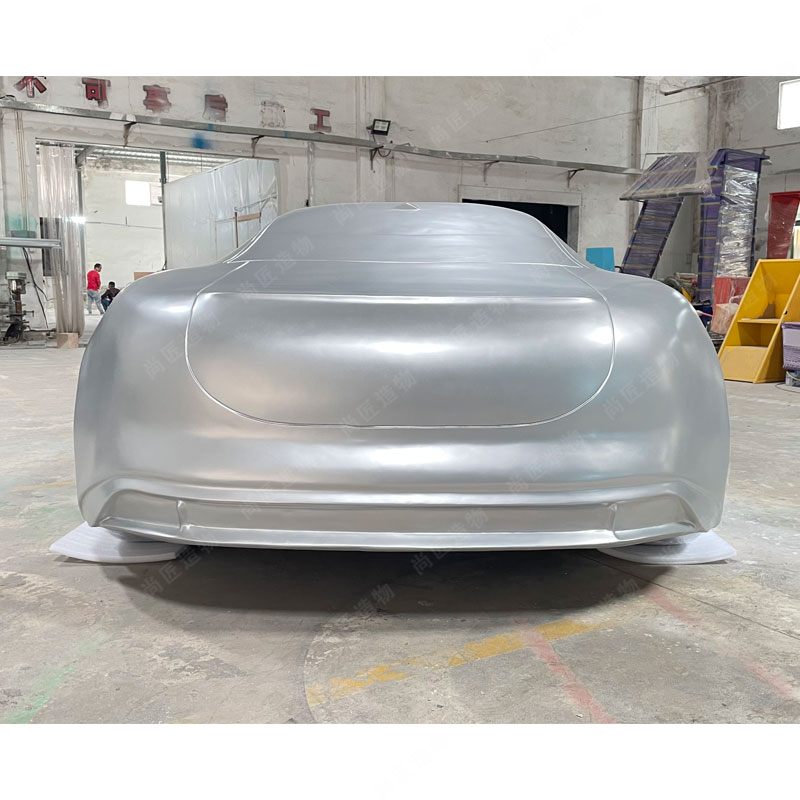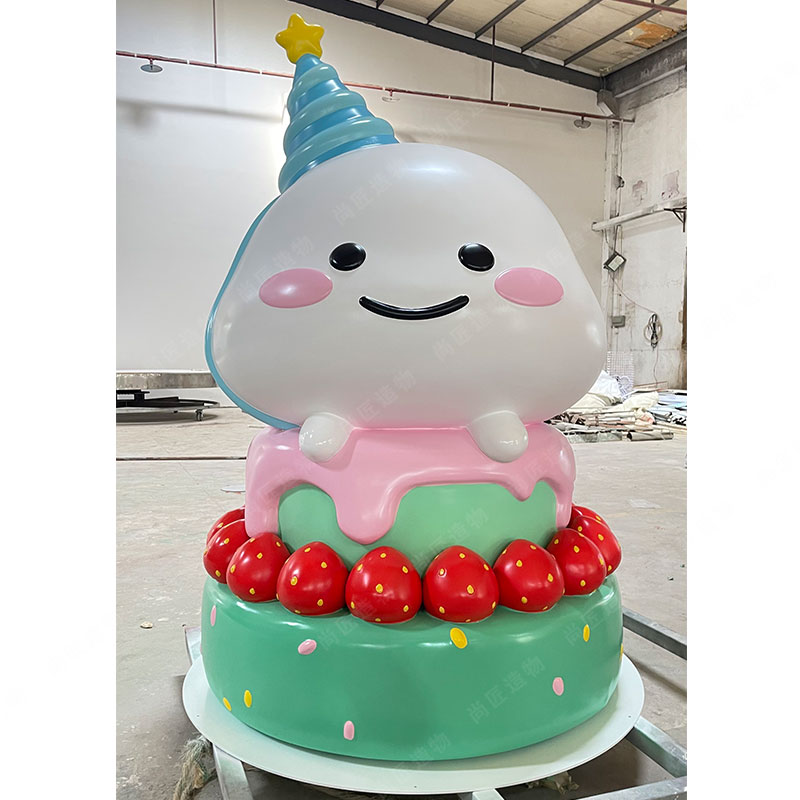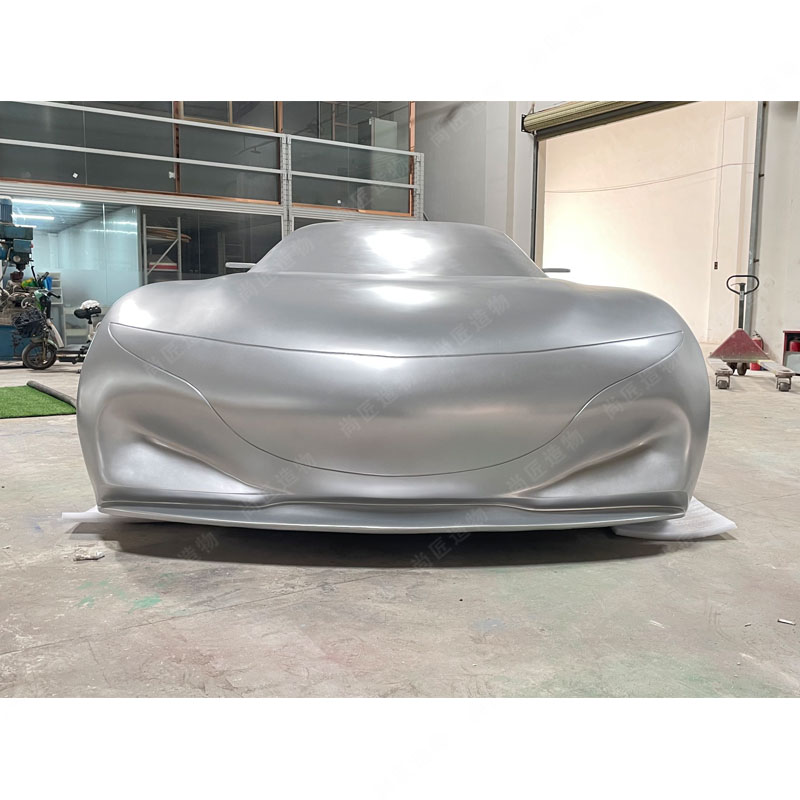Key Takeaways
Kinetic sculpture bridges art and engineering, transforming static forms into dynamic experiences. Unlike traditional sculptures, these works rely on motion—whether powered by wind, machinery, or human interaction—to convey meaning. For instance, multidimensional mobiles, such as those using stainless steel sculpture techniques, balance precision and fluidity, creating ever-changing visual patterns. Machine-powered installations introduce programmed rhythms, while natural elements like air currents animate suspended designs unpredictably.
| Type of Kinetic Sculpture | Key Feature | Example |
|---|---|---|
| Multidimensional Mobiles | Wind-driven, layered movement | Calder’s hanging installations |
| Machine-Powered Works | Programmed mechanical sequences | David’s WIRED-featured designs |
| Interactive Installations | Responds to viewer input or sensors | Reactive public art displays |
This interplay of mechanics and creativity challenges artists to solve problems like weight distribution and material durability. The result? Art that evolves over time, inviting audiences to witness the intersection of calculation and imagination.

The Art of Motion in Kinetic Sculpture
Kinetic sculpture elevates artistic expression by integrating movement as a core element, transforming static forms into evolving visual narratives. Unlike traditional sculpture, which relies on fixed shapes, kinetic works harness airflow, mechanical systems, or viewer interaction to create rhythmic patterns and shifting perspectives. Pioneers like Alexander Calder redefined modern art with mobiles that balance precision and spontaneity, their delicate components responding to subtle environmental changes. This interplay between stability and motion challenges perceptions of permanence in art, inviting observers to witness how time and energy reshape spatial relationships.
Contemporary artists continue to innovate, merging advanced engineering with aesthetic vision. For example, kinetic sculpture often incorporates programmable motors or magnetic fields to choreograph complex movements, blurring the line between machine and artwork. Such creations highlight how motion amplifies emotional resonance—whether through hypnotic rotations or unpredictable oscillations. While early kinetic works focused on simplicity, modern pieces explore multidimensionality, layering sound, light, and motion to engage multiple senses. This dynamic evolution underscores the genre’s enduring relevance, proving that art is not merely observed but experienced through the poetry of movement.
Engineering Motion: Kinetic Artistry Unveiled
Kinetic sculpture merges precision engineering with artistic vision, creating works that defy static conventions. At its core, this art form relies on principles of physics—balance, tension, and torque—to choreograph movement. Materials like lightweight alloys, polymers, and carbon fiber enable seamless motion, while hidden mechanisms such as gears, motors, or wind-driven systems remain discreetly integrated. Artists often collaborate with engineers to refine structural integrity, ensuring durability without compromising aesthetic fluidity. For instance, rotating components might mirror celestial orbits, while pendulum-driven pieces echo natural rhythms.
The interplay between mechanics and creativity extends to public installations, where kinetic sculptures transform urban spaces into interactive experiences. One notable example includes [IP character sculptures] (https://en.artmovr.com/), which blend cultural symbolism with dynamic motion, captivating viewers through synchronized patterns. Such works challenge perceptions of art as passive, inviting audiences to engage with evolving forms. By harmonizing technical rigor and imaginative design, kinetic artists redefine how motion shapes storytelling, turning engineered components into poetic expressions of time and space.

Dynamic Sculptures Blending Mechanics and Creativity
Kinetic sculptures occupy a unique space where precision engineering converges with artistic vision. These works challenge traditional notions of static art by integrating gears, motors, or wind-powered systems to create rhythmic, ever-changing forms. Artists like George Rickey pioneered this fusion, using stainless steel and mathematical principles to craft balanced mobiles that respond to air currents. A key aspect lies in balancing technical complexity with aesthetic intent—over-engineered mechanisms risk overshadowing the artwork’s emotional resonance, while overly simplistic designs may fail to captivate.
"The magic happens when the machine disappears, leaving only the poetry of motion." – Anonymous kinetic artist
Modern creators often draw inspiration from natural patterns, such as flocking birds or ocean waves, translated into mechanical analogs. For instance, Realistic sculpture techniques inform lifelike movements in figurative kinetic works, blurring boundaries between organic and artificial motion. Tips for aspiring artists: start with modular components for easy adjustments, and prototype using lightweight materials like aluminum or acrylic before scaling up. As the field evolves, interdisciplinary collaborations between sculptors, engineers, and programmers continue to expand possibilities, ensuring kinetic art remains a dynamic frontier for innovation.

David’s Kinetic Mastery: WIRED’s Craftsmanship Insight
David’s work exemplifies how kinetic sculpture bridges technical precision with artistic vision. Featured in WIRED’s behind-the-scenes exploration, his creations reveal meticulous attention to balance, material science, and motion dynamics. For instance, his suspended installations employ carefully calibrated counterweights and aerodynamic forms, allowing components to shift seamlessly with air currents or mechanical triggers. Unlike static Fiberglass sculpture, David’s pieces integrate motors and sensors to create responsive systems that interact with their environment—a technique WIRED praised as "engineering meets poetry."
The documentary highlights his workshop process, where prototypes undergo rigorous testing to ensure fluid movement without compromising structural integrity. This iterative approach, combining traditional sculpting tools with 3D modeling software, underscores the evolving nature of kinetic art. By merging industrial materials like polished steel with organic shapes, David’s sculptures challenge perceptions of machinery as purely functional, instead framing it as a medium for emotional resonance. Such innovations align with the broader themes of the article, illustrating how kinetic artists reimagine relationships between art, technology, and viewer engagement.
Machine-Powered Sculptures Redefining Artistry
Machine-powered sculptures merge mechanical engineering with artistic vision, creating works that challenge traditional notions of static art. By integrating motors, gears, and automated systems, artists transform rigid materials into fluid performances, where motion becomes an intrinsic part of the piece’s narrative. These sculptures often rely on precise calibration, balancing technical complexity with aesthetic harmony—a process likened to composing music with physical forms. For instance, some works employ programmable logic controllers to orchestrate synchronized movements, turning steel and aluminum into dynamic actors on a gallery stage.
The rise of machine-driven art reflects broader cultural shifts toward interdisciplinary collaboration. While early kinetic art focused on wind or hand-cranked mechanisms, modern iterations leverage digital automation to expand creative possibilities. This evolution echoes themes seen in other sculptural forms, such as Cartoon sculpture, which blends playful aesthetics with structural innovation. Yet, machine-powered works distinctively emphasize the interplay between human intention and mechanical autonomy, inviting viewers to contemplate themes of control, unpredictability, and the relationship between creator and creation. As galleries increasingly showcase these kinetic marvels, they redefine not only artistry but also how audiences engage with art’s temporal dimension.
Multidimensional Mobiles: Kinetic Innovation Explored
Multidimensional mobiles represent a pivotal advancement in kinetic sculpture, merging geometric precision with fluid motion. Unlike static art forms, these suspended structures rely on carefully engineered balance and airflow to create ever-shifting compositions. Artists often employ lightweight materials—such as aluminum, acrylic, or carbon fiber—to craft interconnected components that respond to subtle environmental changes. A single mobile might feature nested rings, rotating planes, or cascading geometric shapes, each layer moving independently yet harmoniously.
This innovation stems from decades of experimentation with counterweights and pivot points, refining how sculptures interact with space and gravity. For instance, David’s acclaimed works demonstrate how asymmetrical designs can achieve dynamic equilibrium, where opposing forces create rhythmic patterns. Such pieces challenge viewers to observe art as a living system, where motion reveals hidden relationships between form and function. By integrating principles of physics with artistic intuition, multidimensional mobiles redefine how audiences engage with three-dimensional art, transforming passive observation into an evolving dialogue between object and environment.
From Canvas to Motion: Kinetic Installations Evolved
The transition from static art forms to kinetic installations marks a pivotal shift in how artists engage with space and time. While traditional paintings and sculptures capture moments frozen in materials like oil or marble, kinetic art introduces motion as a fourth dimension. Early pioneers such as Alexander Calder redefined sculpture in the 1930s with suspended mobiles, where airflow created organic, ever-changing shapes. However, modern kinetic installations have expanded beyond passive movement, integrating motors, sensors, and computational systems to choreograph precise, reactive motions.
This evolution reflects broader cultural shifts toward interactivity and technological integration. For instance, contemporary artists now employ Arduino boards or hydraulic mechanisms to program rhythmic patterns, transforming galleries into immersive environments. Unlike canvas-bound works, these installations demand collaboration between sculptors, engineers, and programmers—a fusion that challenges the notion of art as a solitary endeavor. Meanwhile, the rise of public kinetic art in urban spaces, such as wind-activated monuments or solar-powered kinetic walls, demonstrates how motion bridges artistic expression with functional design. By merging traditional aesthetics with mechanical innovation, kinetic installations continue to redefine what art can achieve beyond the confines of stillness.

Intersection of Mechanics and Art in Kinetic Works
Kinetic sculptures occupy a unique space where mechanical precision and artistic expression converge. At their core, these works rely on principles of physics—balance, tension, and momentum—to achieve motion, yet their purpose transcends mere functionality. Artists must navigate the technical demands of gears, pulleys, or motors while ensuring the resulting movement aligns with their creative vision. For example, a sculptor might engineer rotating metal components to mimic natural rhythms, such as wind-driven leaves or ocean waves, blending scientific accuracy with poetic metaphor.
This interplay often requires collaboration between artists and engineers, as seen in projects where mathematical calculations inform fluid visual forms. Materials like steel, aluminum, or acrylic are chosen not only for durability but for their ability to interact with light and space during motion. The challenge lies in maintaining structural integrity without stifling aesthetic innovation—a balance that defines the genre. By merging technical rigor with imaginative design, kinetic art transforms cold mechanics into emotive experiences, proving that engineering and creativity are not opposites but complementary forces.
Conclusion
Kinetic sculpture ultimately reveals how art transcends static forms by embracing the principles of motion and mechanics. This discipline, rooted in the interplay of balance, rhythm, and engineering, challenges traditional notions of creativity while expanding the boundaries of artistic expression. As demonstrated throughout this exploration, works like multidimensional mobiles and machine-powered installations exemplify how artists synthesize technical precision with imaginative vision. The evolution of kinetic art—from early experiments to contemporary masterpieces—underscores its growing relevance in both galleries and public spaces, where movement invites viewers to engage with art dynamically. Looking ahead, the fusion of emerging technologies and artistic innovation promises to further redefine kinetic sculpture, ensuring its role as a bridge between the tangible and the ephemeral in modern culture.
FAQs
What defines a kinetic sculpture compared to traditional sculpture?
Kinetic sculptures incorporate movement as a core element, often using mechanical components, wind, or natural forces. Unlike static works, they evolve over time, engaging viewers through changing forms.
How do mechanics and creativity intersect in kinetic art?
Artists balance technical precision with aesthetic vision, designing systems like gears or motors to achieve controlled motion. This fusion transforms abstract ideas into tangible, dynamic experiences.
Who is David, and why is his work significant in kinetic sculpture?
David (referenced in WIRED’s feature) pioneers intricate machine-powered sculptures. His pieces demonstrate how engineered motion can evoke emotion, bridging industrial design and fine art.
Are kinetic sculptures purely machine-driven?
Not always. Some rely on natural airflow, like Alexander Calder’s mobiles, while others use programmed machinery. The choice depends on the artist’s intent—organic randomness versus calculated choreography.
What materials are common in kinetic installations?
Metals like steel and aluminum offer durability for moving parts, while lightweight plastics or glass add visual delicacy. Materials are selected for function and symbolic resonance.
How do these sculptures maintain motion without breaking down?
Precision engineering and durable materials minimize wear. Many artists collaborate with engineers to ensure reliability, especially in large-scale public installations.
Can kinetic art be interactive?
Yes. Some installations respond to viewer presence via sensors, creating a dialogue between human action and mechanical reaction. This interactivity deepens the viewer’s connection to the piece.
Why has kinetic sculpture gained modern relevance?
It reflects our tech-driven era, exploring themes like progress and impermanence. By merging art with motion, it challenges perceptions of what art can achieve in space and time.
 ch
ch English
English






